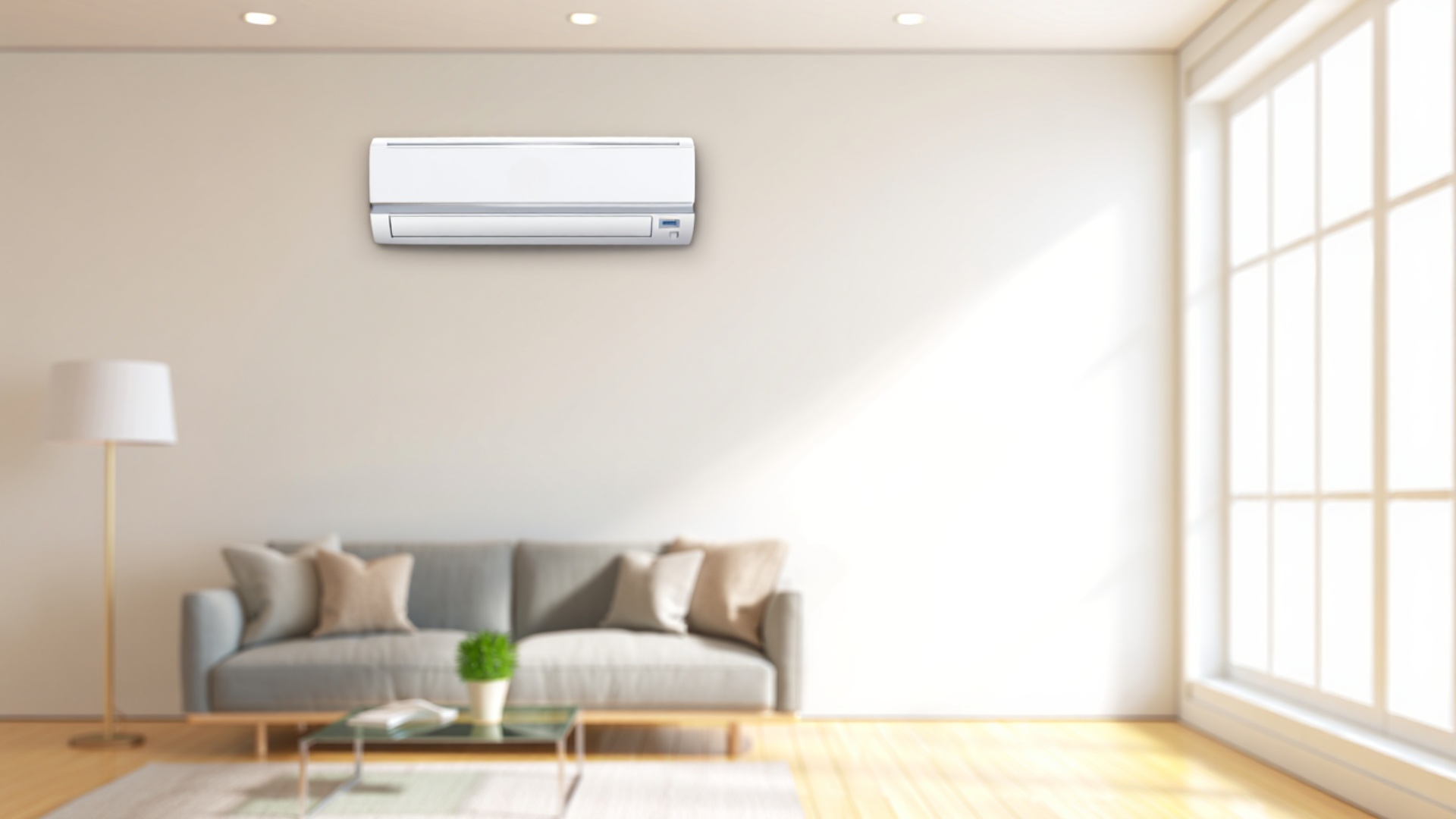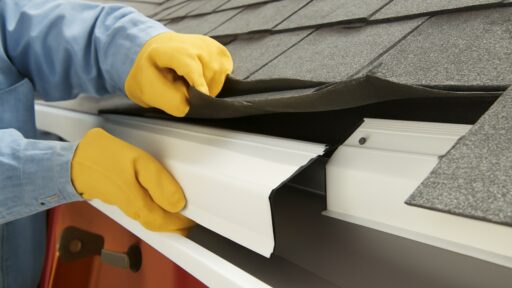Thinking about installing your mini split on an interior wall instead of an exterior one?
You’re not alone!
Many homeowners wonder if this setup actually works or if it’s just asking for trouble.
The good news is that interior wall installation is totally possible and can be super effective when done right.
If you’re dealing with tough exterior walls, want better airflow, or prefer the look, mounting your mini split indoors might be the perfect solution for your space.
Ready to uncover if your interior wall can handle this cool upgrade?
Understanding Mini Split Systems
Ever wonder how mini splits work their magic?
These smart systems have two main parts: an indoor unit that blows air and an outdoor unit that does the heavy lifting.
They’re connected by thin lines that carry refrigerant back and forth.
Think of it like your body’s circulatory system, but for hot and cold air!
Unlike traditional systems with bulky ducts, mini splits deliver air directly where you need it.
You can control each room separately, so no more thermostat battles! Ready to become a mini split expert?
Is It Possible to Install a Mini Split on an Interior Wall?
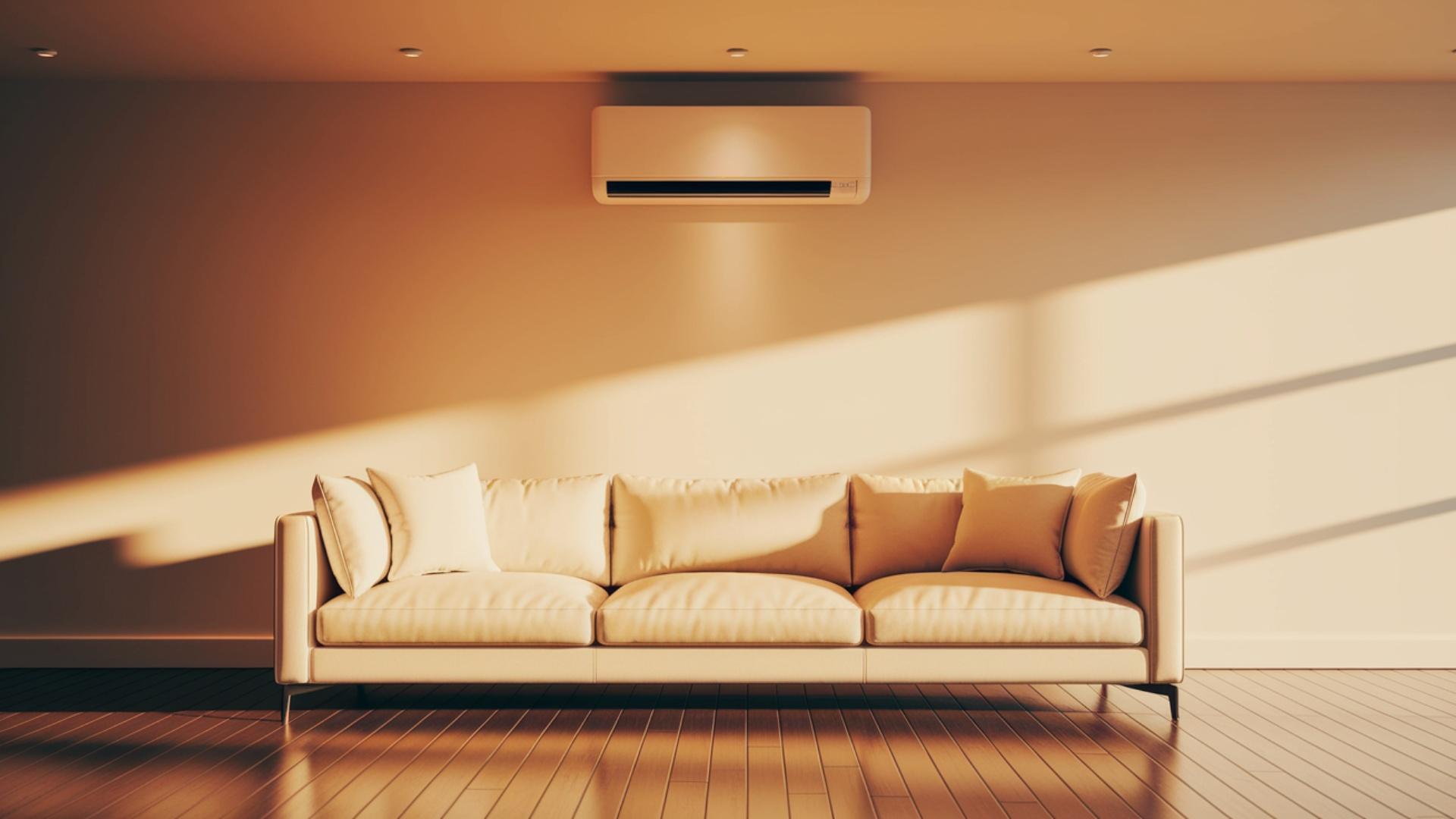
Yes, you can install a mini split on an interior wall. Many manufacturers allow this option.
It just requires some extra planning for the installation process.
Most interior wall installations can work well if done correctly.
- Wall strength matters; your wall needs to hold up the indoor unit safely.
- The room layout should allow good airflow from all directions.
- You’ll need a clear path to run refrigerant lines and drain pipes to the outside.
Always check your unit’s manual and local building codes before starting.
Some areas have special rules regarding HVAC (heating, ventilation, and air conditioning) installations that you must follow.
Talk to a professional if you’re unsure about any requirements.
Suitable Interior Walls for Mini Splits
Not all interior walls can support a mini split system.
The wall needs to be strong enough to hold the unit and allow for proper line routing.
Here are the main types of interior walls and their suitability for mini split installation:
1. Drywall with Studs
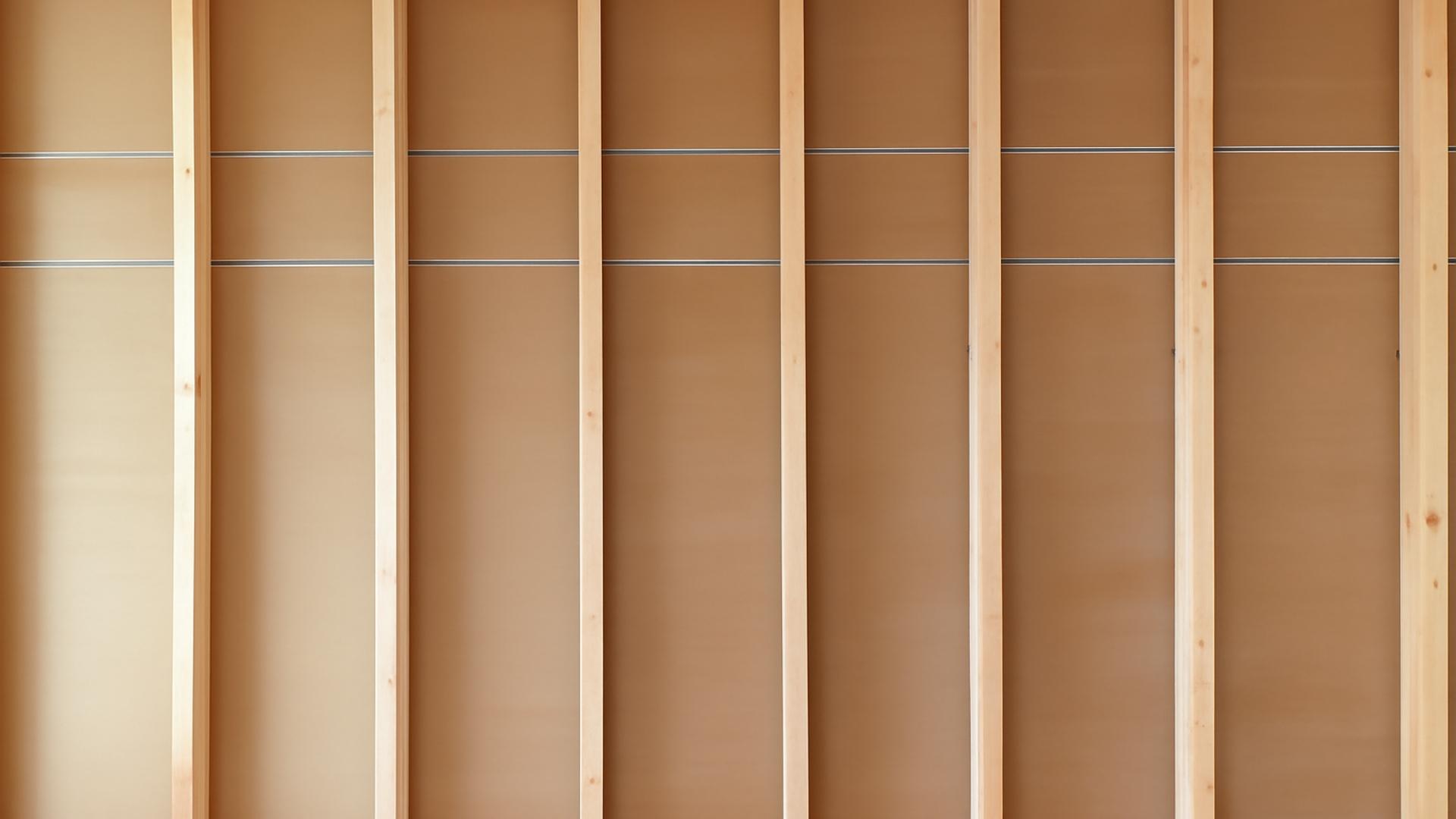
Standard drywall walls with wooden or metal studs are good options for mini splits.
The studs provide strong anchor points for mounting brackets.
Look for walls with attic or crawlspace access behind them.
This makes it easier to run refrigerant lines and drain pipes.
Make sure to locate and use the studs when mounting. Never mount only to drywall itself.
2. Masonry/Concrete Interior Walls
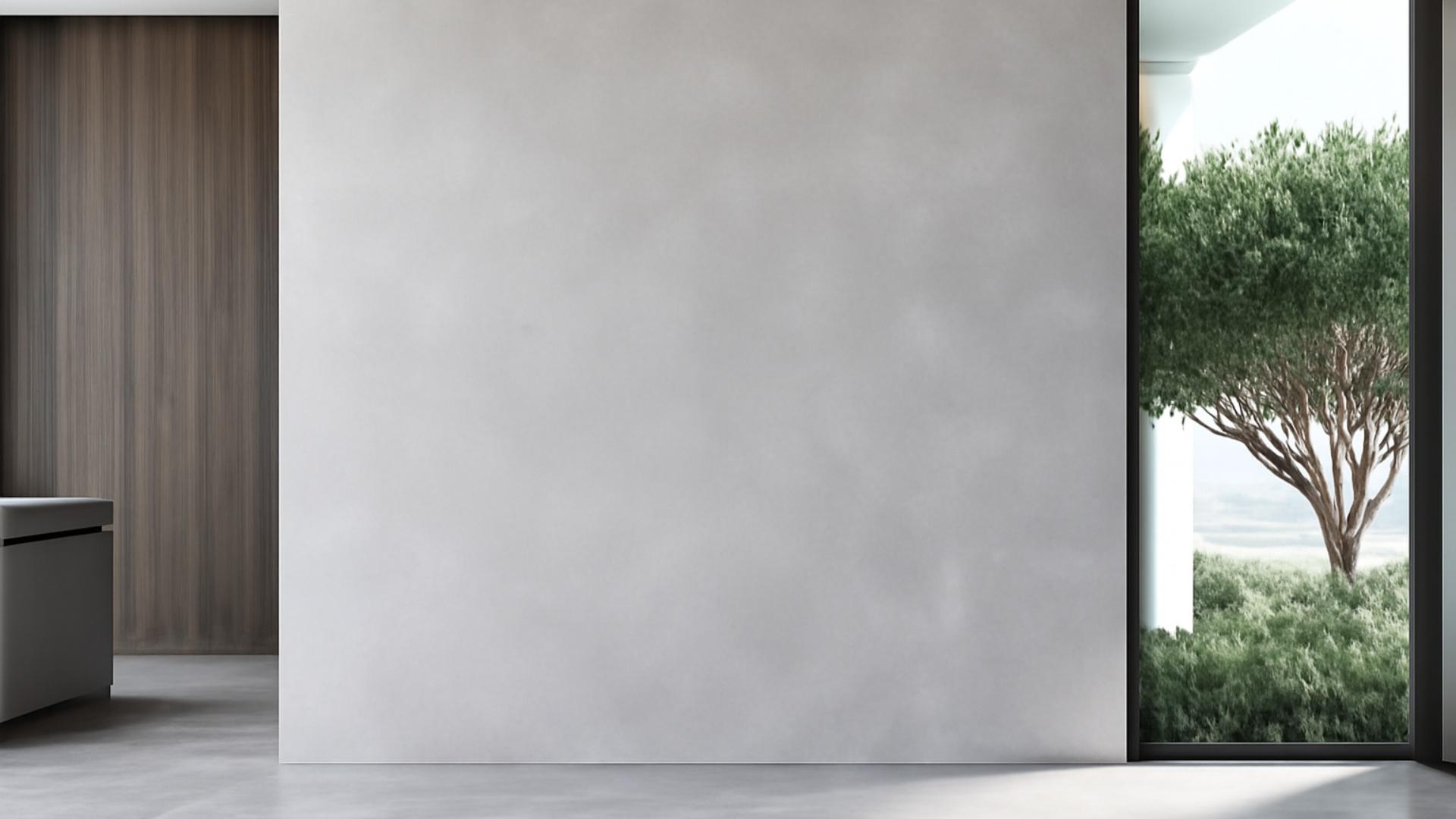
Brick or concrete interior walls can hold mini-splits very well.
They are strong and stable. However, installation is more difficult.
You’ll need special drilling equipment and masonry bits.
Running lines through these walls requires channels to be cut.
This creates more dust and mess. The solid construction offers excellent mounting stability once installed.
3. Partition Walls
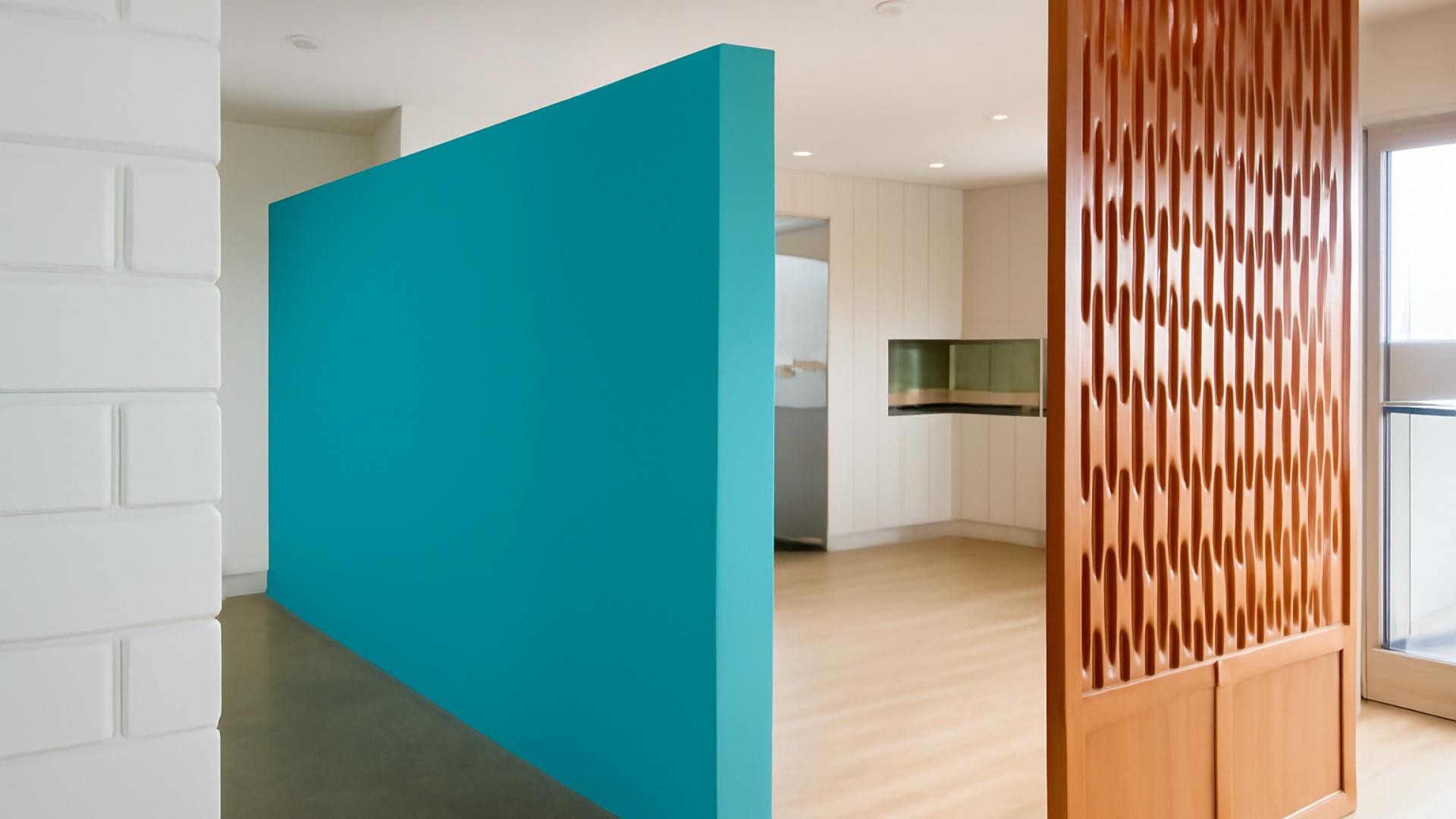
Partition walls separate rooms but don’t support the building structure.
They need careful inspection before installation. Many are too thin or weak for mini-splits.
Have a professional check if the wall can handle the weight.
Reinforcement might be needed.
Consider the vibration from the unit, which could damage weak walls over time.
4. False Walls or Decorative Panels
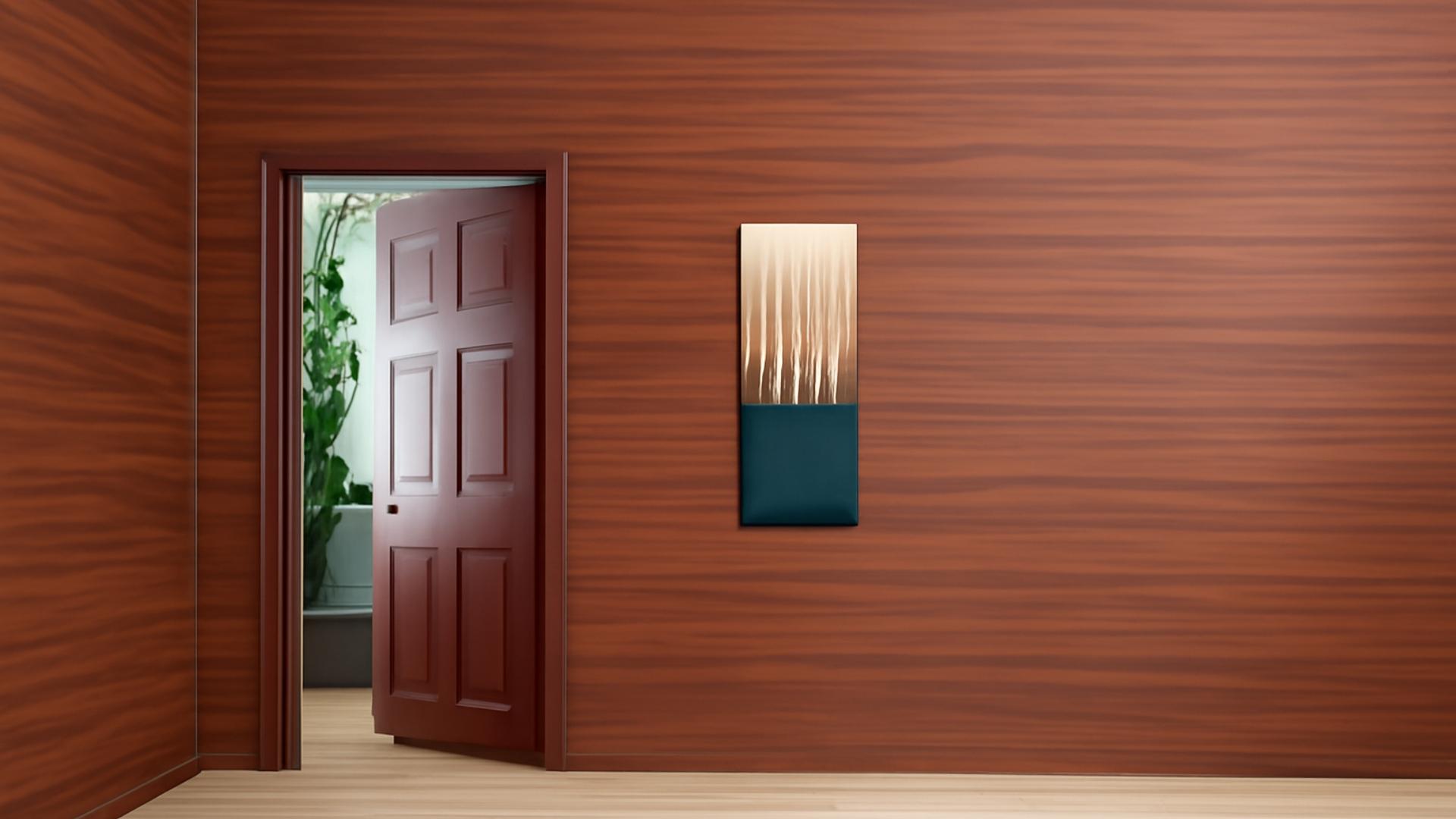
Decorative panels and false walls are usually not suitable for mini-splits.
They lack proper structural support. The thin materials can’t hold the weight safely.
If you must use these walls, build a reinforced frame inside first.
Better options include adding a support structure or choosing a different wall altogether.
These installations need professional assessment.
Pros and Cons of Installing a Mini Split on an Interior Wall
Installing a mini split on an interior wall offers several advantages but also comes with some challenges.
Consider these key factors:
| PROS | CONS |
|---|---|
| Sleek look that blends with the décor | Complex line-set routing is needed |
| Saves valuable floor space | May require a condensate pump |
| Quieter operation | Access panels are necessary for maintenance |
| Better furniture placement options | Higher installation costs |
| Even air distribution | Specific wall space requirements |
| Independent zone temperature control | The wall must support the unit weight |
While interior wall installation improves aesthetics and room layout, it requires careful planning for routing and drainage.
Effectiveness and Performance
Interior wall mini split installations can work well. There are some performance differences to consider.
You should be aware of these before making a decision.
- Interior wall units cool and heat rooms effectively, using just 2-5% more energy than exterior installations.
- Air circulation may be less direct than with exterior wall units.
- Customer satisfaction typically rates 4 out of 5 stars for interior installations.
- Energy costs remain similar if the line set run isn’t too long.
- Maintenance is often easier since the unit is more accessible.
With proper sizing and professional installation, many homeowners find the benefits worthwhile.
The convenience and aesthetic advantages often outweigh minor efficiency differences. Most people are happy with their choice.
Alternatives for Mini Split Systems
If installing a mini split on an interior wall doesn’t work for your situation, consider these alternatives.
Each option comes with different price points to fit various budgets:
| SYSTEM TYPE | PRICE RANGE | GOOD FOR |
|---|---|---|
| Window AC | $150-$700 | Small rooms, temporary cooling |
| Portable AC | $300-$700 | Renters, flexible placement |
| Through-wall unit | $400-$1200 | Permanent cooling without windows |
| Central HVAC | $3,300-$7,800 | Whole-house climate control |
| Mini-duct system | $3,000-$8,000 | Historic homes, limited space |
Consider your budget, cooling needs, and how permanent you want your solution to be.
Each alternative offers different benefits depending on your specific home layout and requirements.
Maintenance Tips
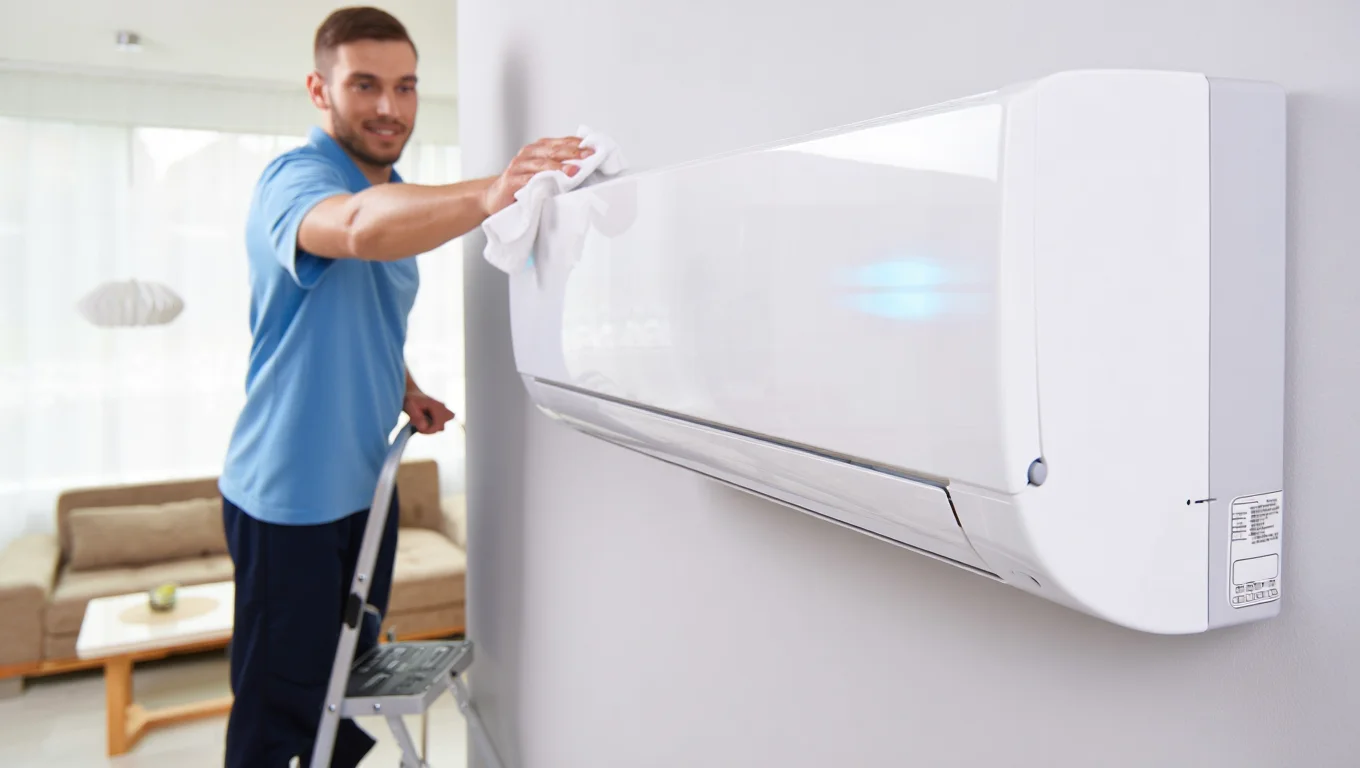
Keeping your interior wall mini-split running well requires some simple maintenance.
These easy maintenance steps will help your system last longer and work better:
- Clean or replace the air filters every 1-2 months to ensure the air flows freely.
- Wipe dust from the front panel and vents with a soft, clean cloth every month.
- Check the drain line every season to make sure water flows out properly.
- Listen for strange noises, which might mean something is loose or broken.
- Have a professional service your system once a year, preferably before summer.
Regular maintenance prevents the most common problems and saves money on repairs.
Your mini split will cool and heat better when it’s clean and well-maintained, no matter where it’s installed.
Summing It Up
Installing a mini split on an interior wall offers a practical solution for cooling and heating rooms without suitable exterior walls.
While it costs slightly more and requires careful planning, the benefits are worth considering.
You’ll enjoy improved aesthetics, flexible placement, and targeted climate control.
Choose the right wall type for your installation. Plan for proper drainage to prevent moisture issues.
Always work with a qualified installer for the best results.
With regular maintenance, your interior wall mini split system can provide years of efficient comfort.
The slight efficiency trade-off is usually outweighed by the convenience these installations provide.
Installing a mini split on an interior wall is just one smart upgrade.
Explore more of our home improvement blogs to make every corner of your home comfortable, efficient, and built to last!


